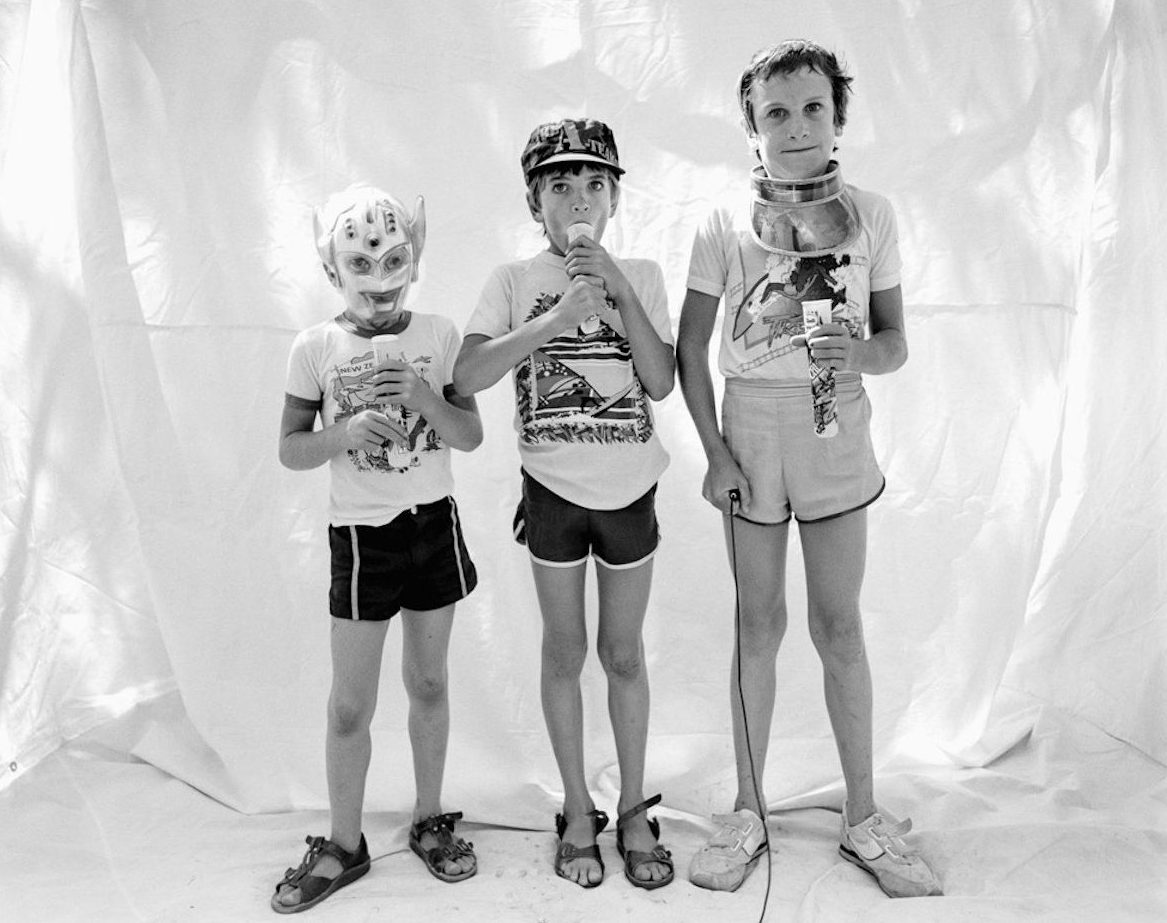
HUNDREDS of iconic photographs taken during the mid-’80s have recently resurfaced that perfectly capture life in the capital 40 years ago.
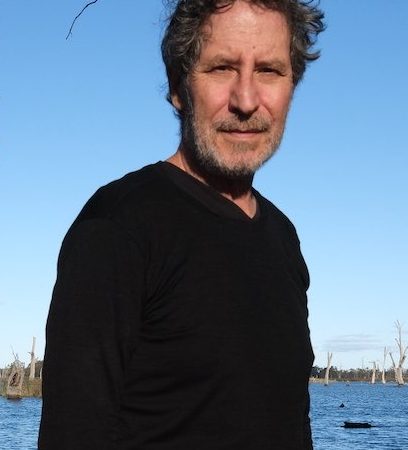
During the pandemic, Canberra photographer Gerry Orkin unearthed the negatives of photographs that had been carefully stored away in a box at his home for several decades.
“When covid hit I decided to do some spring cleaning and tidying up in the storeroom and I found them,” he said.
“So, I dragged them out and scanned them and started to think about how to share them and publish them.”
In the summer of 1984/85, Orkin set up canvas photo booths at public events around Canberra where people primed with the question “Who are you?” were encouraged to take a photograph of themselves.
“I took very few of the photographs myself, the whole idea was to leave it up to the people to take the photo,” he said.
“So, most of the photographs are made by the person themselves by holding a long shutter release, like an air-pressure bulb thing that you squeeze that pushes a button on the camera.”
At the time he intended to exhibit the photographs, but it never eventuated.
“The negatives were hard to print back then, and these days with scanning and Photoshop it’s easy to make the photographs match each other tonally, whereas in the dark rooms it would have taken a lot of work,” Orkin said.
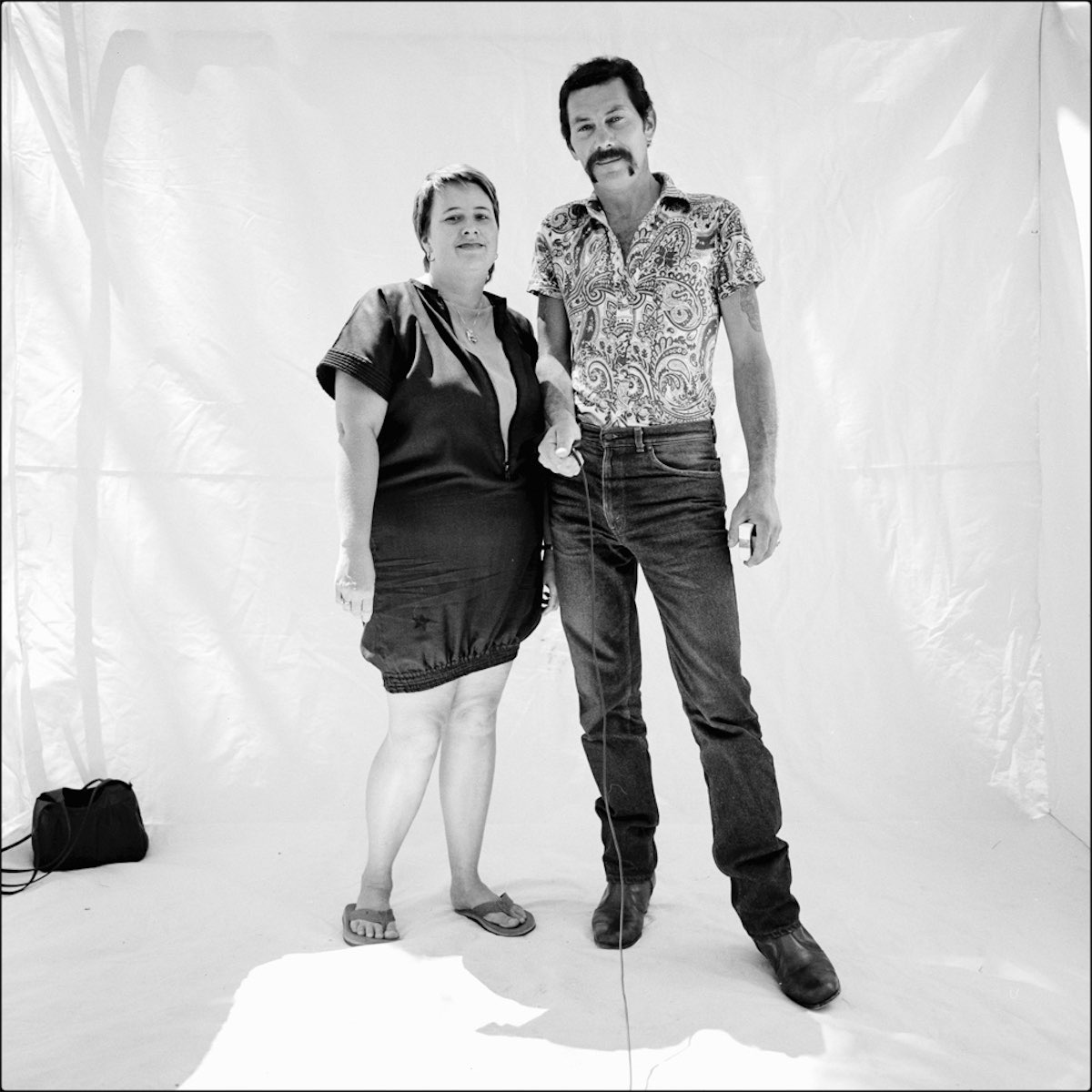
“Life was moving on, too, I was a parent of a five-year-old at the time and got involved in other things.”
Orkin had previously focused on photography in indigenous communities, and wanted to branch out and take photographs of people in his own community.
“All my professional work around that time was focused on places other than Canberra,” he said.
“I was working a lot in indigenous communities and it became my interest to turn my intention and camera more inward into the community I lived in, and to do a bit of a reflective exercise of who we are and what we are made of.
“It was kind of like an anthropological audit of my own community.”
The result were hundreds of black and white photographs capturing everything from lovers kissing, parade-goers in costumes, young families posing, a girl and her Shetland pony, and a man with a penny-farthing bicycle.
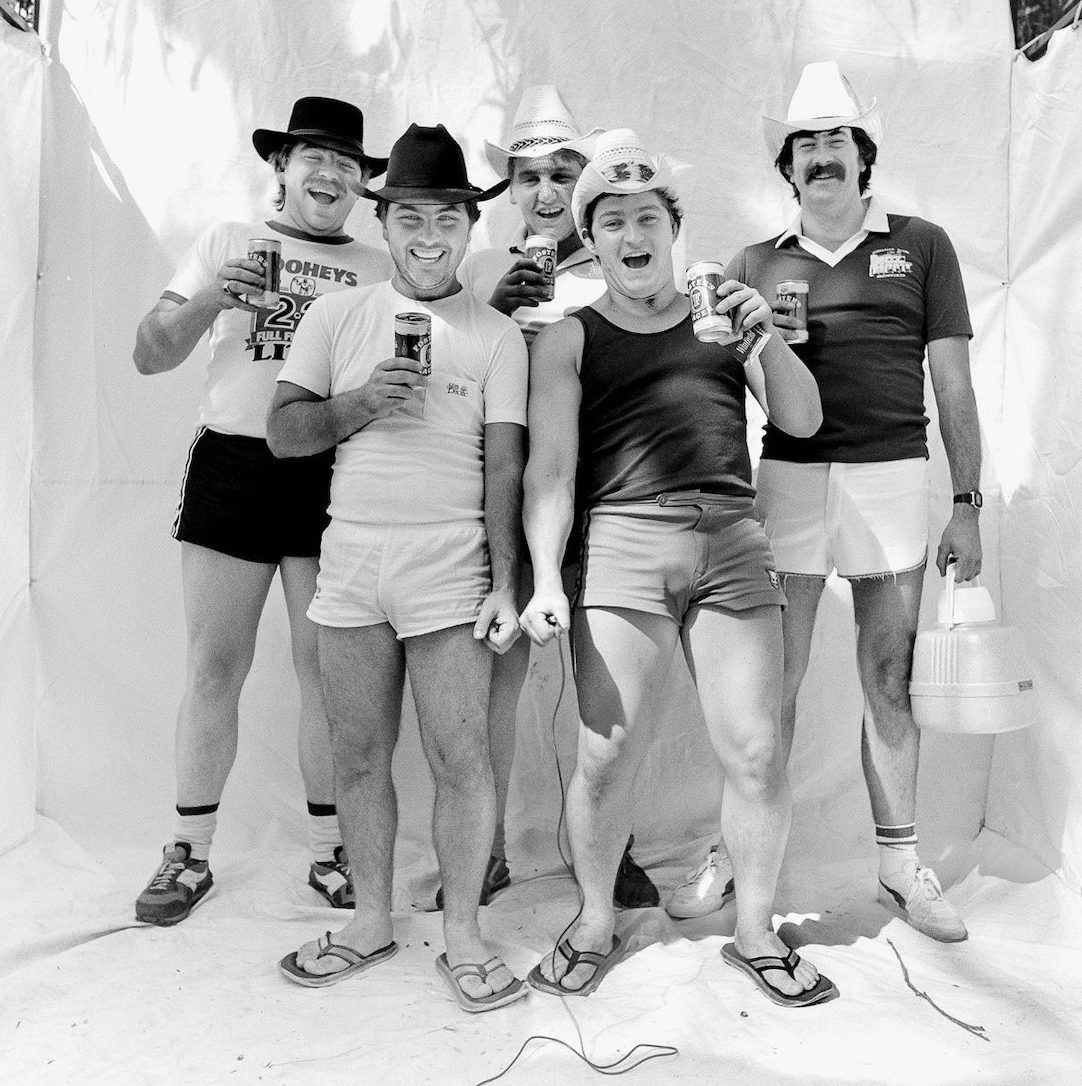
Others show the fashions of the era; big hair, big sunglasses, Tooheys brewery T-shirts, beer cans and cowboy hats.
Orkin said that one image that stands out captures the quintessential Australian male of the time, with a handlebar moustache and very short shorts.
“The guy with the moustache in a paisley shirt standing next to his partner who has a handbag in the corner, I kind of like that one because it’s quintessentially 1985,” he said.
“There are a few like that, the shape of people’s sunglasses and how short the men’s shorts are speak of that particular moment in time.”
Another favourite image captures three children holding ice block Calippos, one while wearing a Space Invaders mask.
The photographs taken during the Canberra Day parade capture the quirky side of people at that time, Orkin said.
“Many of the photographs, if you look at them and don’t know the full context of the parade you’d be wondering why are those people dressed like that?” Orkin said.
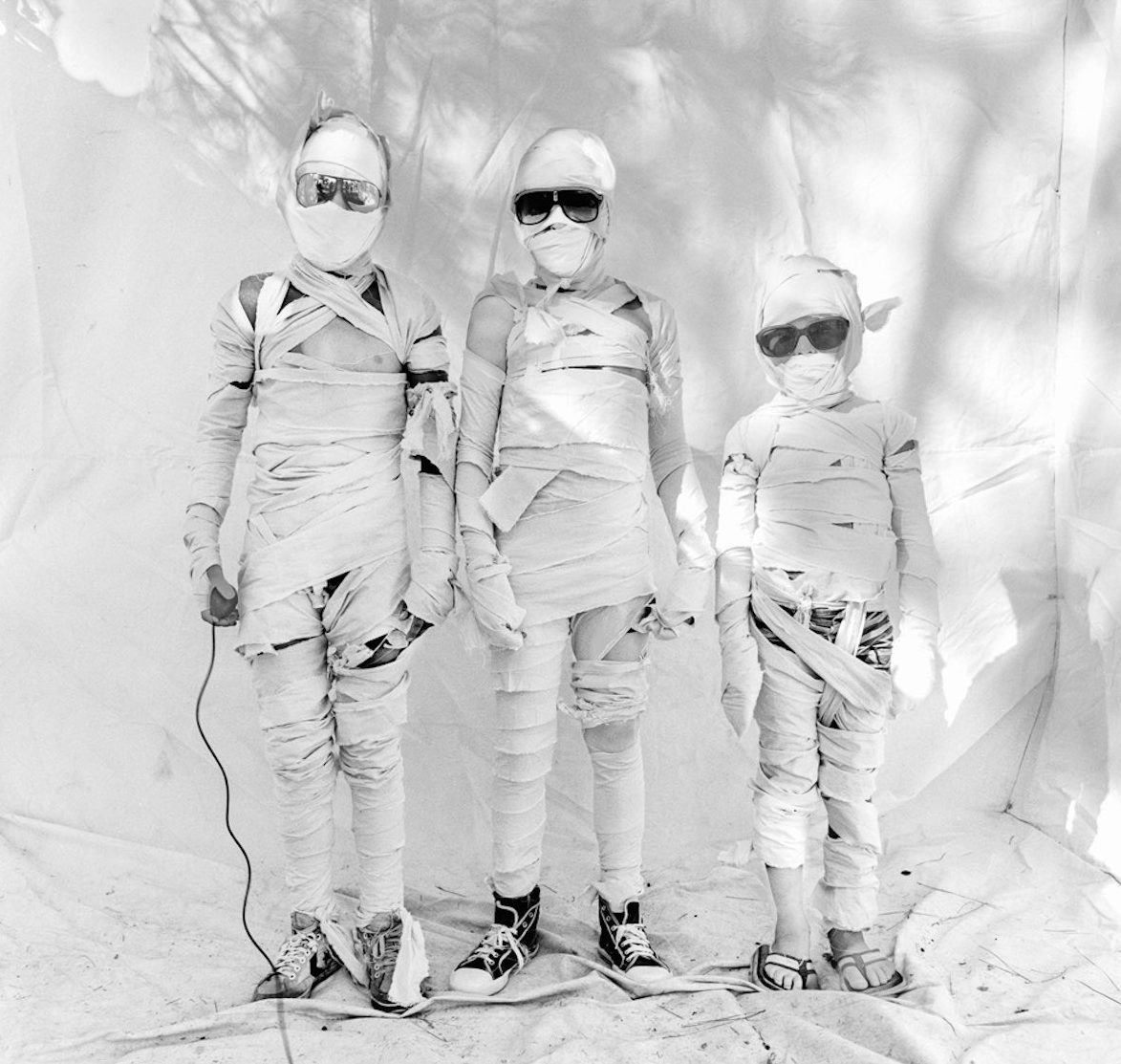
“It’s those photographs that mystify you, that surprise you and make you wonder that are my favourite.”
Orkin said the photographs reveal how much Canberra has changed from those times.
He concedes it is still very much a white, male-dominated society, but to a lesser extent that it was in the ’80s.
“Demographically, Canberra has changed, it’s not as multiculture or as diverse as other parts of Australia, but it’s noticeably less monocultural and it’s still overwhelmingly white, middle class and well educated,” he said.
Orkin said people were far more willing to share personal images back then, and they didn’t have the same concerns over invasion of privacy that we have to deal with today.
“What’s changed is not specifically Canberra, it’s the attitudes to the photographs, to being photographed, to our identities, and how we are seen in the world, and that’s evidenced by the selfie and so much self promotion on social media,” he said.
“Not that people are out to promote themselves, but the act of posting photograph after photograph of yourself and the activities you’re involved in there was nothing like that in 1985, and nor was the physiological framework for representing ourselves and protecting our identity.”
Orkin’s photographs featured in a recent exhibition “Picture Yourself”, held in Canberra.
He would love to hear from the people who featured in the photographs to learn more about them, and their lives in the intervening years.
“If people can identify themselves in the 70 odd photographs that feature in the exhibition or the book, they can contact me, and share their name, and I’ll print them a photo,” Orkin said.
A web page has been created to help Orkin identify the people in the exhibition photos at pictureyourself.picflow.com/catalogue.
Who can be trusted?
In a world of spin and confusion, there’s never been a more important time to support independent journalism in Canberra.
If you trust our work online and want to enforce the power of independent voices, I invite you to make a small contribution.
Every dollar of support is invested back into our journalism to help keep citynews.com.au strong and free.
Thank you,
Ian Meikle, editor
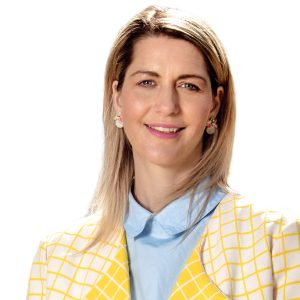
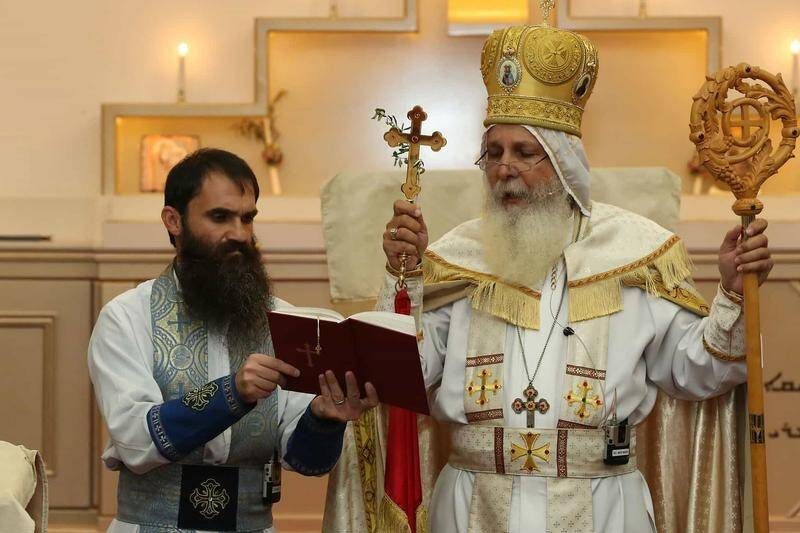
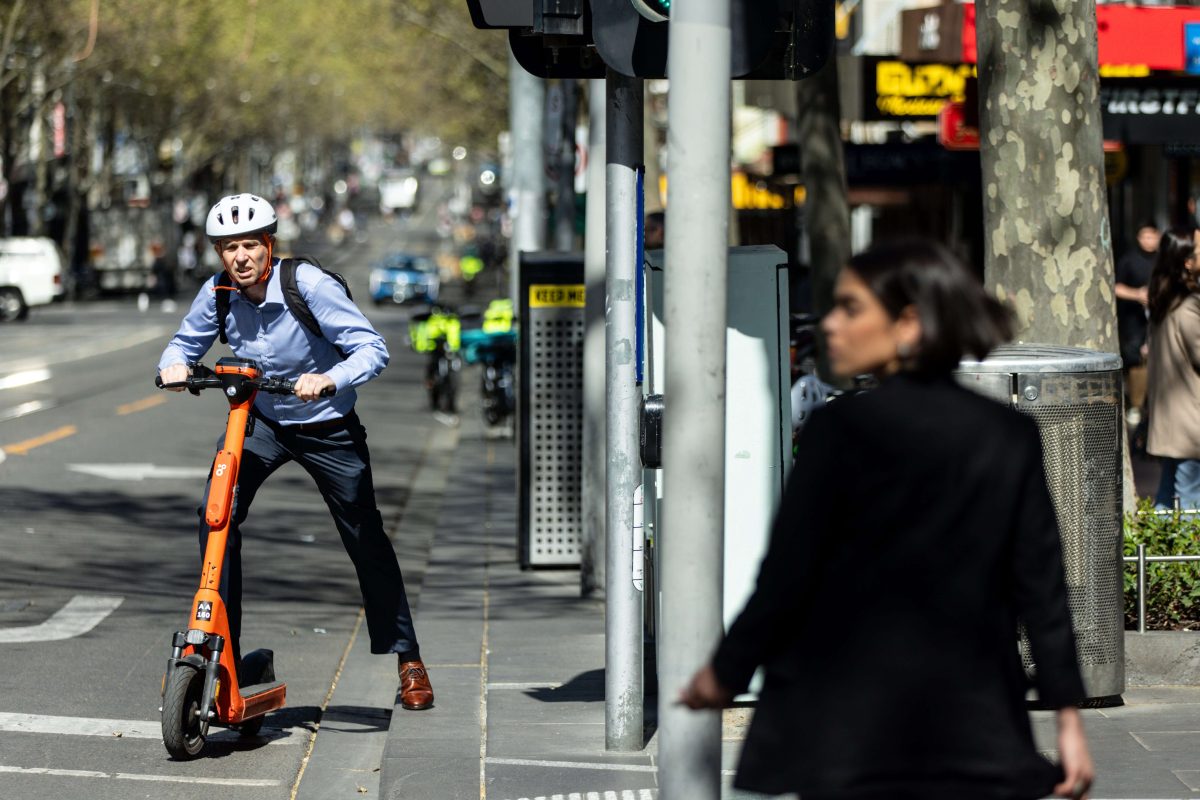
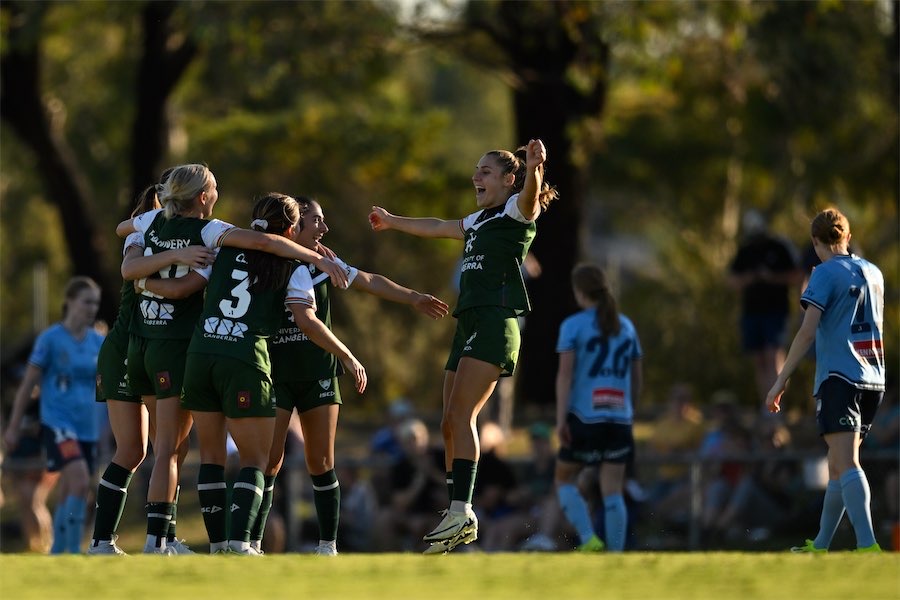

Leave a Reply